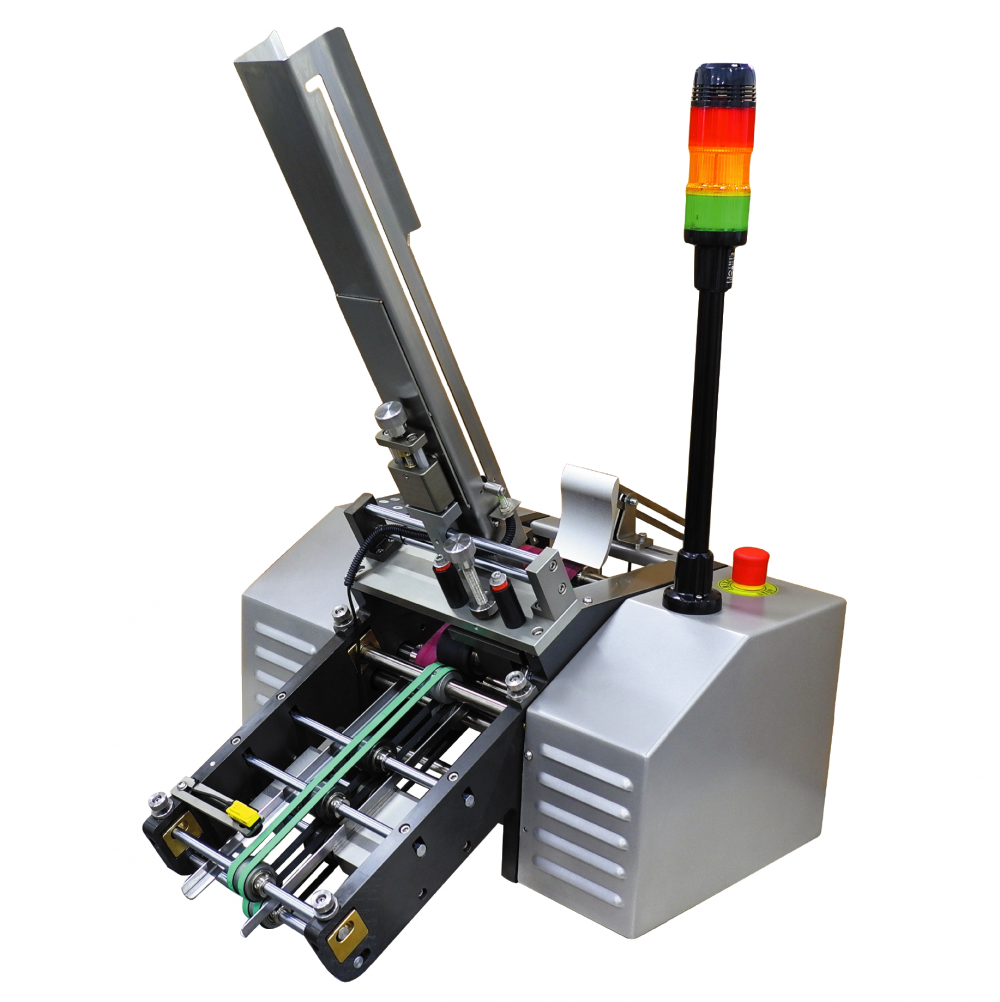What is Conveyor System?
September 09, 2023
A Conveyor System is a mechanical handling equipment that consists of belts, chains, rollers, or other types of surfaces that move materials from one location to another. It is used to transport various goods, products, or materials within a facility or from one area to another.
Conveyor systems are designed to improve efficiency, productivity, and safety in material handling processes. They can be used to move heavy or bulky items, fragile products, or even liquids. Depending on the specific needs of the application, conveyor systems can be customized in terms of length, width, speed, and load capacity.
Conveyor Equipment Display
Conveyor systems typically consist of several key components, including:
1. Conveyor Belt/Chain/Roller: These are the surfaces that carry and transport materials. The belt, chain, or roller design depends on the nature of the product being transported and the desired speed and efficiency.
2. Drive System: This component provides the power that drives the conveyor. It can be a motor, gearbox, or other power transmission mechanism that moves the conveyor belt or chain.
3. Idlers/Rollers: These are cylindrical components placed along the conveyor system to support and guide the movement of the belt or chain. They help reduce friction and maintain the alignment of the system.
4. Pulleys: These components provide the necessary tension to the conveyor belt or chain and facilitate its movement. They can be powered or non-powered, depending on the specific configuration of the conveyor system.
5. Conveyor Accessories: These include various additional components such as conveyor supports, side guides, diverters, sensors, and control systems. These accessories enhance the functionality and performance of the conveyor system according to specific application requirements.
Conveyor systems offer numerous advantages, including increased efficiency, reduced labor requirements, faster and safer transportation of goods, improved accuracy and quality control, and better utilization of space within a facility. They are widely used across industries for material handling, production processes, warehousing, distribution, and logistics.
Overall, conveyor systems are a critical component of modern industries, providing a reliable and efficient means of moving goods and materials throughout the production and supply chain.
A conveyor system is a mechanical handling equipment that consists of belts, chains, rollers, or other types of surfaces that move materials from one location to another. It is used to transport various goods, products, or materials within a facility or from one area to another.
Conveyor systems are designed to improve efficiency, productivity, and safety in material handling processes. They can be used to move heavy or bulky items, fragile products, or even liquids. Depending on the specific needs of the application, conveyor systems can be customized in terms of length, width, speed, and load capacity.
Conveyor systems typically consist of several key components, including:
1. Conveyor Belt/Chain/Roller: These are the surfaces that carry and transport materials. The belt, chain, or roller design depends on the nature of the product being transported and the desired speed and efficiency.
2. Drive System: This component provides the power that drives the conveyor. It can be a motor, gearbox, or other power transmission mechanism that moves the conveyor belt or chain.
3. Idlers/Rollers: These are cylindrical components placed along the conveyor system to support and guide the movement of the belt or chain. They help reduce friction and maintain the alignment of the system.
4. Pulleys: These components provide the necessary tension to the conveyor belt or chain and facilitate its movement. They can be powered or non-powered, depending on the specific configuration of the conveyor system.
5. Conveyor Accessories: These include various additional components such as conveyor supports, side guides, diverters, sensors, and control systems. These accessories enhance the functionality and performance of the conveyor system according to specific application requirements.
Conveyor systems offer numerous advantages, including increased efficiency, reduced labor requirements, faster and safer transportation of goods, improved accuracy and quality control, and better utilization of space within a facility. They are widely used across industries for material handling, production processes, warehousing, distribution, and logistics.
Overall, conveyor systems are a critical component of modern industries, providing a reliable and efficient means of moving goods and materials throughout the production and supply chain.



